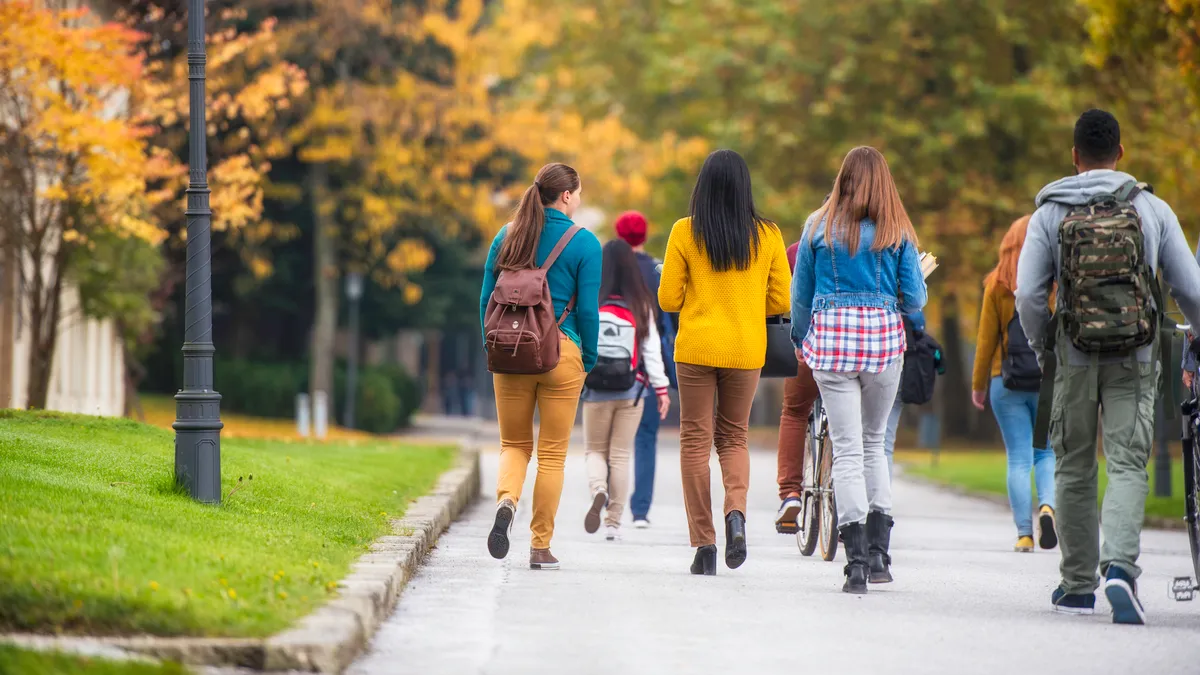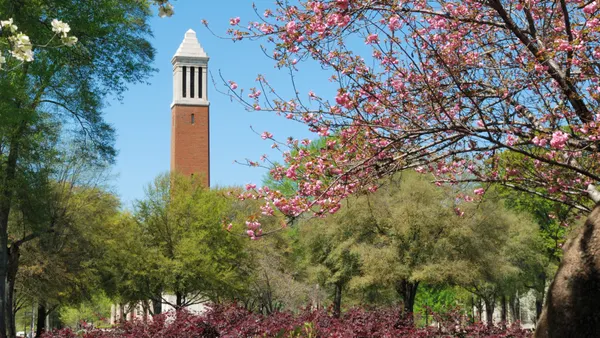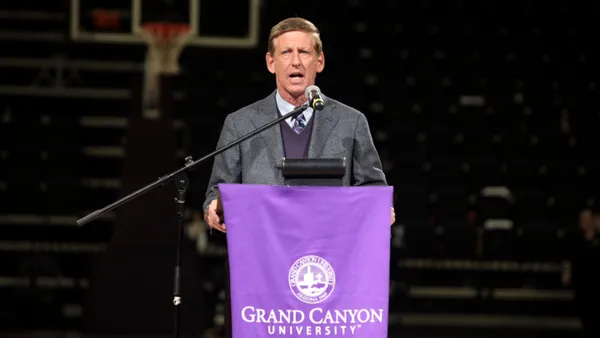Dive Brief:
- Because of poor local economies, some rural community colleges will be hit by the sanctions to be imposed on colleges with high student federal loan default rates, according to Inside Higher Ed.
- Under the Higher Education Act, which governs federal financial aid, any college with a student loan default rate of 30% for three consecutive years or 40% in a single year will lose eligibility for all federal aid.
- Experts say most community colleges with failing rates will prevail on appeal, avoiding sanctions, but the colleges will suffer from the negative publicity when their statistics are released.
Dive Insight:
Sanctions against for-profit schools that exploit financially overburdened students are just, but this unintended consequence for community colleges in poor communities needs to be fixed. According to an expert cited by Inside Higher Ed, only 4.3% of all institutions participating in federal aid programs have failed to stay below 40% over the last two years. Also, colleges with a lower percentage of borrowing students will be able to avoid sanctions on appeal. Because only 19% of all community college students borrow, and because the default rate for those students over the last three years has been 21%, few community colleges will be hit by sanctions. But when sanctions are handed down, low-income students in those communities will lose access to federal aid.












